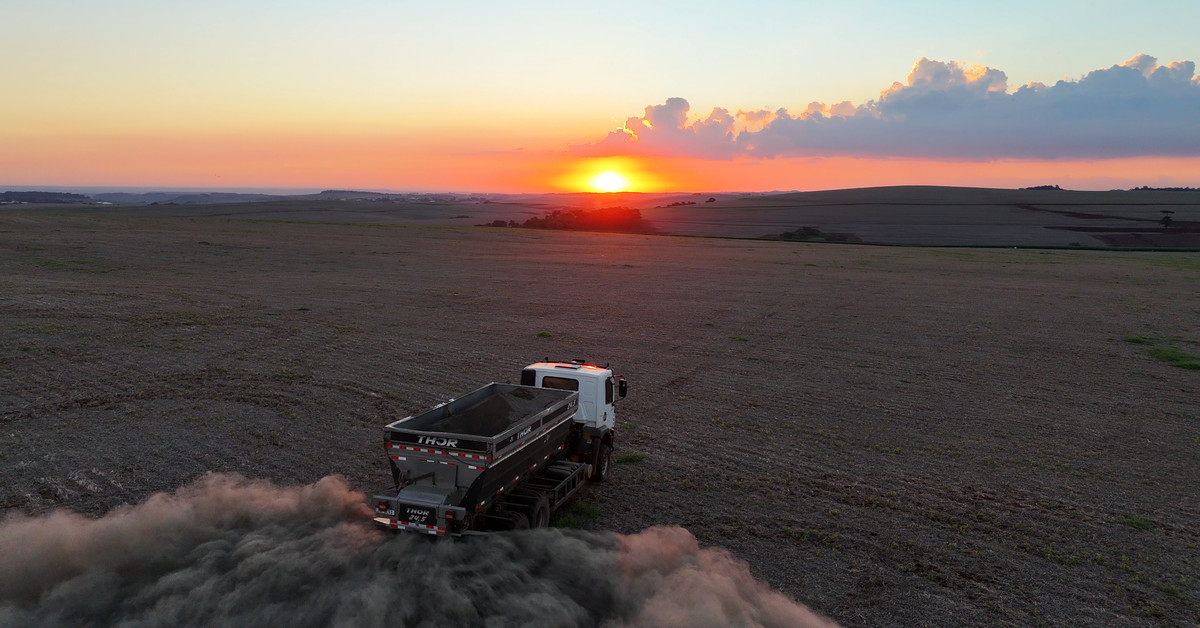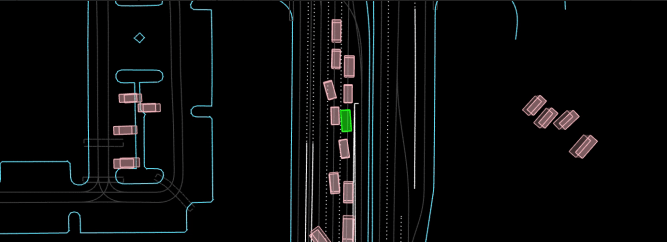In an effort to mitigate the impact of their pollution on the climate, Google and other large corporations have invested in a plan to trap carbon dioxide using rocks. This multimillion-dollar deal with Terradot, a startup backed by Sheryl Sandberg, involves removing 90,000 tons of carbon dioxide from the atmosphere.
A New Approach to Carbon Removal
Carbon removal encompasses various strategies for taking carbon dioxide out of the atmosphere. These technologies aim to counteract some of the pollution caused by fossil fuels and potentially slow climate change. However, there are concerns about their costs, safety, and potential to delay a transition from fossil fuels to carbon-pollution-free energy.
Enhanced rock weathering (ERW) is one such strategy that attempts to speed up a natural process that can take thousands of years. Rainfall naturally "weathers" or breaks down rock, releasing calcium and magnesium and triggering a chemical reaction that traps CO2 in water as bicarbonate. Groundwater carrying this bicarbonate eventually makes its way to the ocean, where it is stored and keeps carbon out of the atmosphere.
Terradot’s Approach
Terradot uses ERW by crushing up rock and spreading it out over a large area, increasing the surface area of exposed rock that reacts with CO2. The company has partnered with Brazil’s agricultural research agency (EMBRAPA) to use this strategy on over 1 million hectares of land.
A Partnership with Terradot
Google has announced its own deal with Terradot to purchase an additional 200,000 tons of carbon removal through ERW. This deal is worth a significant amount of money, although the exact cost is not disclosed. If it costs around $300 per ton of CO2 captured, this could add up to $60 million.
The Future of Carbon Removal
While Google’s investment in Terradot is seen as a positive step towards mitigating climate change, experts caution that carbon removal should not be used as a substitute for preventing greenhouse gas emissions. "It’s very clear that this is not a substitute for emissions reductions at all … we need both of these tools," says James Kanoff, CEO of Terradot.
Concerns about Measurement
One of the challenges facing Terradot and Google is measuring how much CO2 is actually captured through ERW. "Right now, it’s hard to measure with precision how much CO2 this process removes from the atmosphere," admits Google in its announcement. However, by deploying this approach widely, they hope to develop more accurate measurement tools.
The Importance of Collaboration
Kanoff emphasizes the importance of collaboration between companies working on carbon removal and those developing aggressive emission reduction strategies. "Any of the partners we’re even thinking about working with, they have some of the most aggressive emission reduction strategies of any of the companies really in the world," he says.
Conclusion
While Google’s investment in Terradot is a step towards mitigating climate change, it is essential to remember that carbon removal should not be used as a substitute for preventing greenhouse gas emissions. By working together and developing more effective measurement tools, we can better understand how much CO2 is captured through ERW and potentially slow climate change.
Related Articles
- Google’s future data centers will be built next to solar and wind farms
- Google inks nuclear deal for next-generation reactors
- Carbon dioxide emissions from fossil fuels are already making heatwaves, droughts, wildfires, storms, and other climate disasters more dangerous.
- The company has recently announced plans to help develop advanced nuclear reactors and new solar and wind farms to power its data centers with carbon pollution-free electricity.
References
- Google’s future data centers will be built next to solar and wind farms
- Google inks nuclear deal for next-generation reactors
- Carbon dioxide emissions from fossil fuels are already making heatwaves, droughts, wildfires, storms, and other climate disasters more dangerous.
- The company has recently announced plans to help develop advanced nuclear reactors and new solar and wind farms to power its data centers with carbon pollution-free electricity.
Comment Section
This is a news article about Google’s investment in Terradot, a startup working on carbon removal using rocks.



